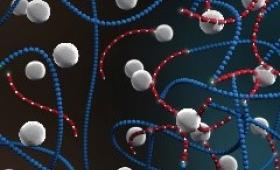A report of the synthesis and characterization of a series of model silicone networks modified with a specific class of silicone-resin known as MQ-resin.
Science and Technology
in the News
Science and Technology
in the News
News Center

Three Livermore postdoctoral appointees have been selected to attend the 70th annual Lindau Nobel Laureate meeting in Germany.
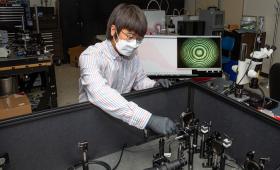
Livermore scientists have developed a high-precision interferometer system to measure the pressure dependence of the refractive index in diamond anvil cells.
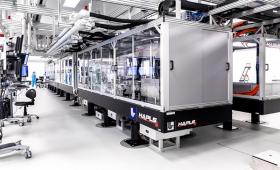
The L3-HAPLS, the world’s highest-average-power petawatt laser system designed and built by Livermore, reached a major milestone during a recent demonstration at ELI Beamlines Research Center.

Bronis R. de Supinski, chief technology officer for Livermore Computing, is one of the top influencers in the high performance computing industry for 2021, according to HPCwire.
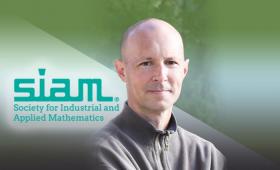
The Society for Industrial and Applied Mathematics has selected computational mathematician Rob Falgout as an esteemed member of its 2021 Class of SIAM Fellows.
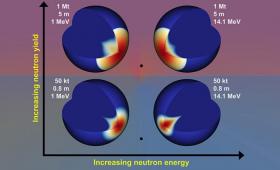
The neutron energy output from a nuclear device detonation can affect the deflection of an asteroid.
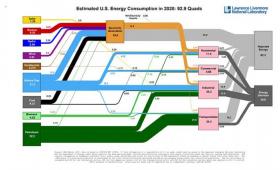
Americans used approximately 7 percent less energy in 2020, due in part to the COVID-19 pandemic, according to energy flow charts released by Livermore.
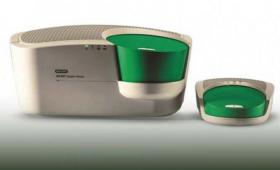
Livermore researchers and their colleagues who help them commercialize technologies have won three national technology transfer awards this year.
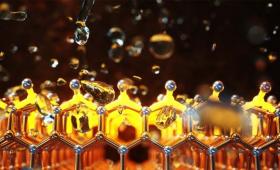
A research team uncovered a surprising, self-improving property in a silicon/gallium nitride photosynthesis device that contributes to the material’s highly efficient and stable performance in converting light and water into carbon-free hydrogen.

